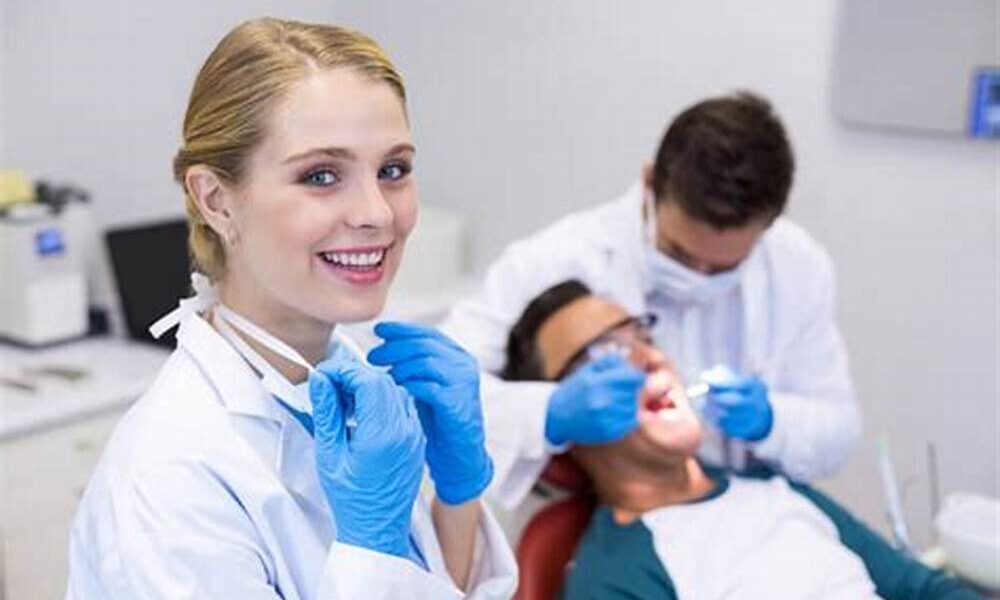The Evolution of Dental Impressions: Can Intraoral Scanners Replace Traditional Methods for Edentulous Patients?
The world of dentistry is rapidly embracing digital innovation, and intraoral scanners have become a cornerstone of this transformation. These devices capture precise 3D models of a patient’s mouth, revolutionizing workflows for procedures like crowns, implants, and orthodontics. But when it comes to edentulous (toothless) patients, a critical question arises: Can intraoral scanners truly replace traditional impression methods? Let’s explore the current capabilities, limitations, and future potential of this groundbreaking technology.
The Challenge of Scanning Edentulous Jaws
Intraoral scanners excel at capturing detailed images of teeth and gums, relying on fixed anatomical landmarks like tooth edges and occlusal surfaces to generate accurate models. However, edentulous patients present unique hurdles. Without teeth, the scanner struggles to reference stable structures, and the soft, deformable mucosal tissue can lead to inconsistencies during scanning.
For example, a 2022 study highlighted that intraoral scanners for edentulous cases often produce gaps or inaccuracies in the digital model, particularly in areas where the mucosa shifts under pressure. This is problematic because denture fabrication requires precise mapping of functional zones (like the ridge crest) to ensure comfort and stability. While traditional methods—such as silicone or alginate impressions—allow clinicians to capture these dynamic tissues under controlled pressure, intraoral scanners still lack the ability to replicate this process reliably.
Intraoral Scanners vs. Traditional Impressions: A Balanced Comparison
| Aspect | Intraoral Scanners | Traditional Impressions |
|---|---|---|
| Patient Comfort | No trays or messy materials; faster process. | Trays and materials can trigger gagging. |
| Accuracy | High for tooth-supported cases (±20μm error). | Better for edentulous functional capture. |
| Time Efficiency | Instant digital models; same-day solutions. | Multi-step, lab-dependent (1–2 weeks). |
| Clinical Flexibility | Real-time edits and easy sharing with labs. | Limited by physical model logistics. |
Despite their limitations in edentulous cases, intraoral scanners offer undeniable advantages. They eliminate the discomfort of conventional trays, reduce human error, and accelerate treatment timelines. For clinics, digital workflows mean fewer physical storage needs and seamless integration with CAD/CAM systems.
Bridging the Gap: Hybrid Approaches
To address the challenges of edentulous scanning, many clinicians adopt a hybrid strategy:
- Initial traditional impression to capture mucosal details under functional pressure.
- Scanning the physical model with a lab-grade intraoral scanner or desktop 3D scanner.
- Digital design of dentures or implants using specialized software.
This approach combines the reliability of traditional methods with the efficiency of digital tools. For instance, a dental lab can use the scanned model to design prosthetics with micron-level precision, reducing remakes and improving patient satisfaction.
The Future of Edentulous Scanning
Innovations are underway to enhance intraoral scanners for edentulous applications:
- AI-Powered Algorithms: New software can predict tissue behavior during scans, compensating for mucosal movement.
- Pressure-Sensing Technology: Prototype scanners simulate bite forces to replicate functional impressions digitally.
- Multi-Sensor Fusion: Combining optical scans with ultrasonic or tactile data for comprehensive soft-tissue mapping.
As these technologies mature, intraoral scanners may soon overcome their current limitations, making fully digital workflows the norm even for complex edentulous cases.
Why Choose Digital Today?
While intraoral scanners aren’t yet perfect for edentulous patients, their benefits for tooth-supported restorations are unmatched. For clinics, investing in a high-quality intraoral scanner streamlines operations, boosts patient satisfaction, and future-proofs your practice.
Pro Tip: Pair your scanner with advanced dental lab services for end-to-end digital solutions. Dental Lab Shop provides highly accurate intraoral scanners and CAD/CAM tools to elevate your clinic’s precision and productivity.
Conclusion
Intraoral scanners represent a leap forward in dental care, offering speed, comfort, and precision for most patients. For edentulous cases, a hybrid approach remains the gold standard—for now. As technology evolves, the day when a single scan replaces traditional impressions for all patients is drawing closer. Until then, embracing digital tools while respecting the nuances of edentulous care ensures the best outcomes for your practice and those you serve.
By staying ahead of the curve, dental professionals can deliver cutting-edge care while preparing for a fully digital future.





